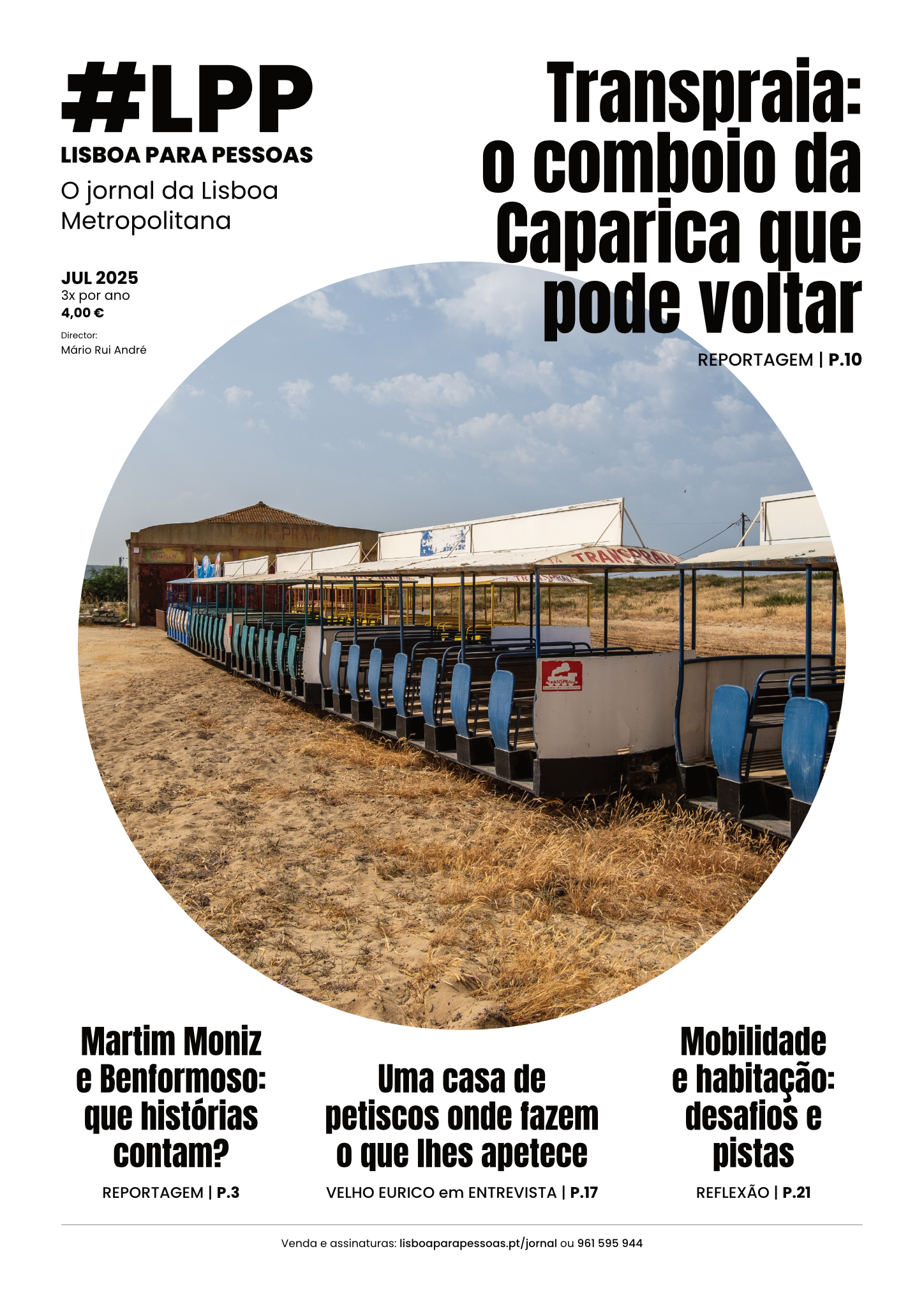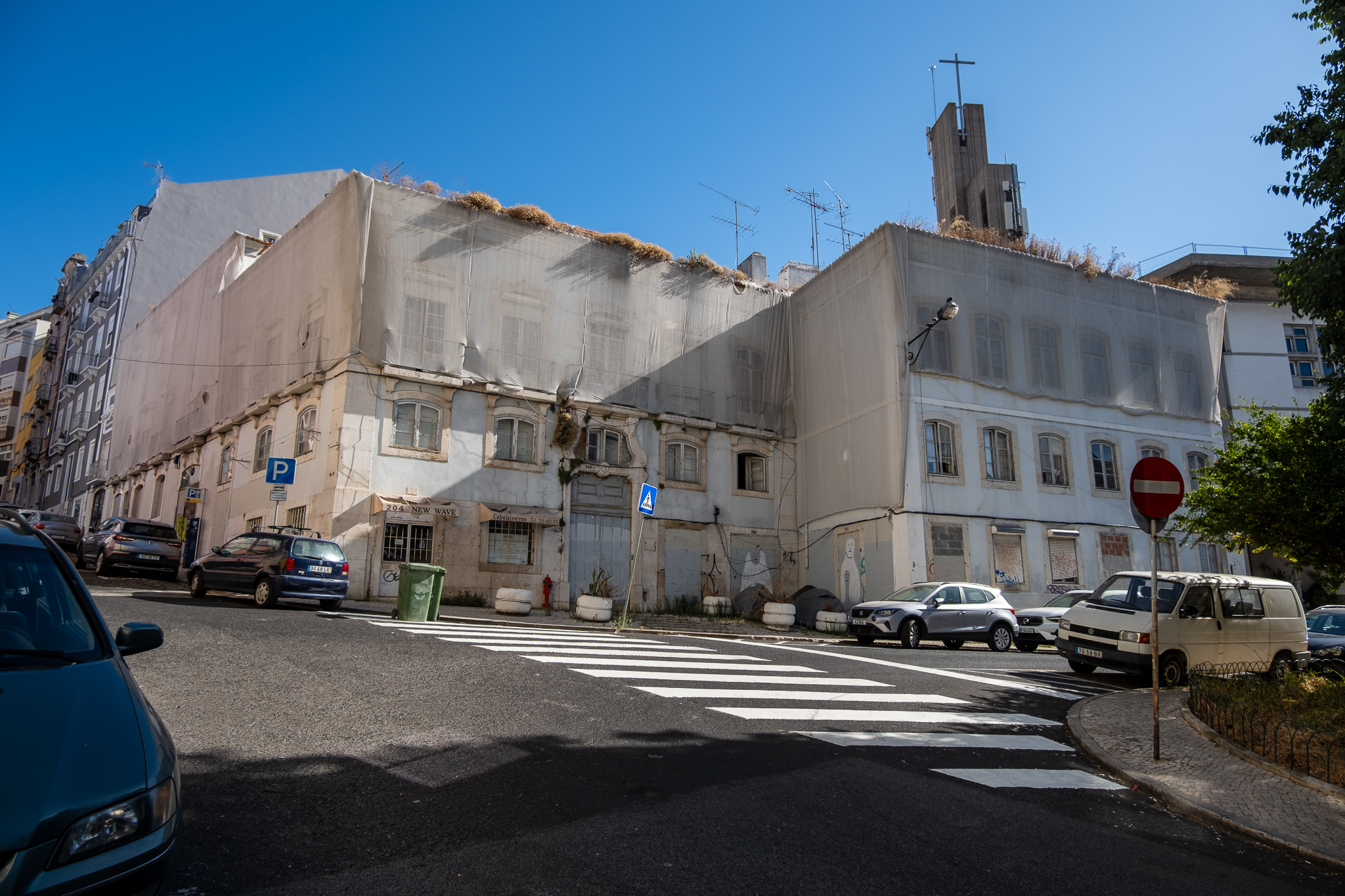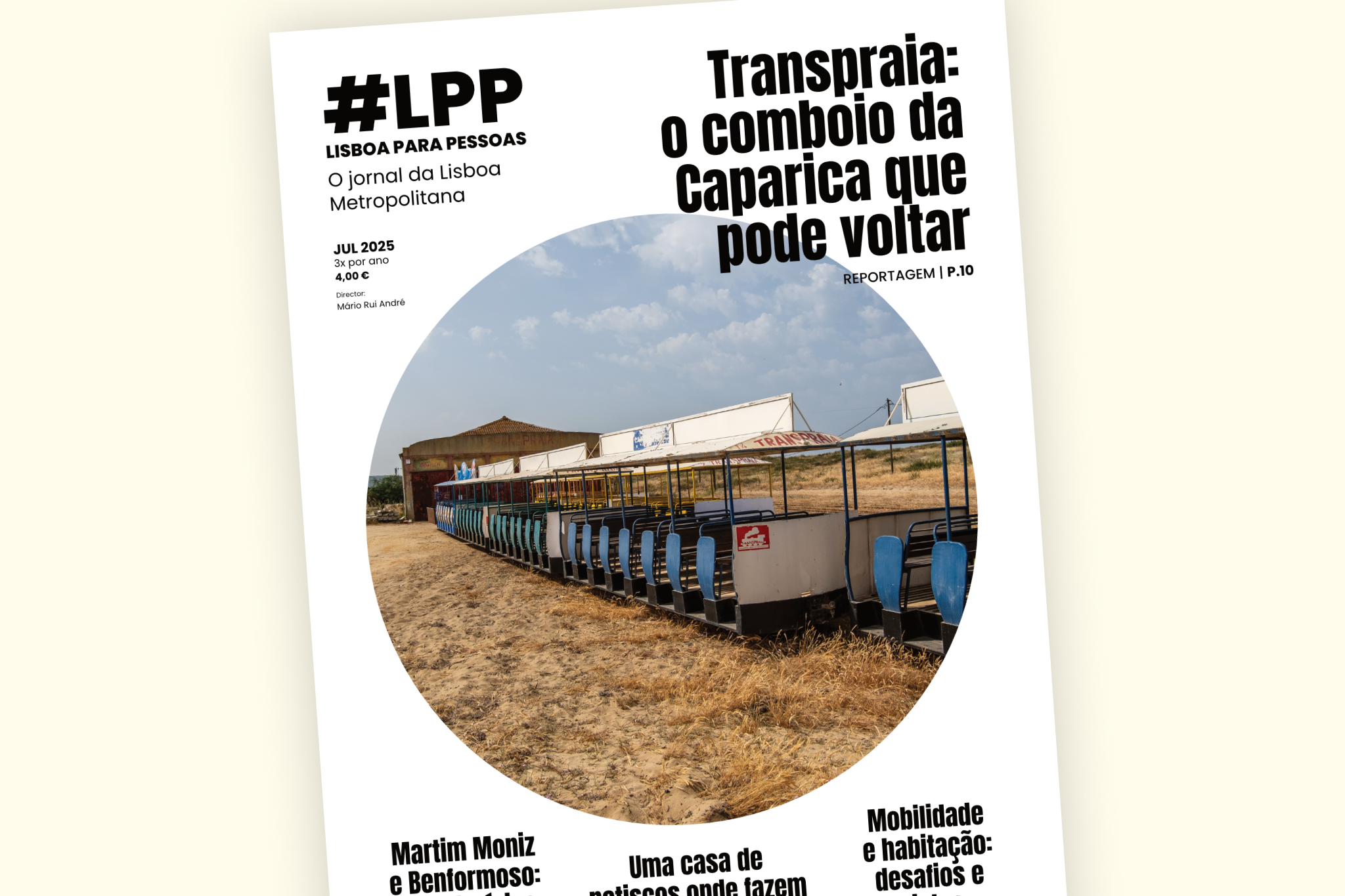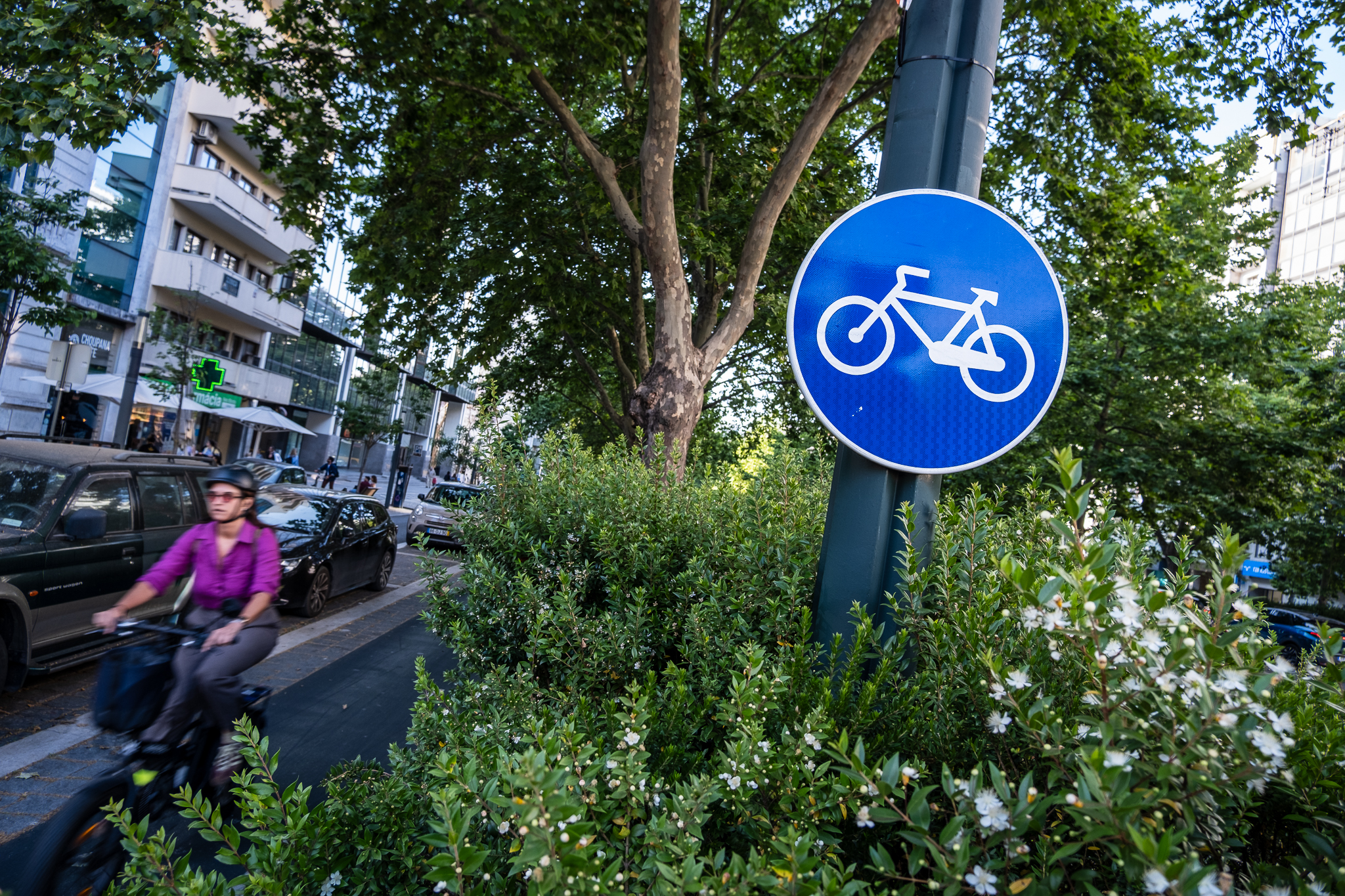The contract between the state and Fertagus will be extended unchanged in order to compensate the company for the damage caused by the pandemic. The supply of trains between Lisbon and Setúbal will remain unchanged, with no solutions to overcrowding and no forecasts as to the expected extension to Gare do Oriente.

Overcrowded trains, even at weekends. The only concessionary rail line in the Lisbon metropolitan area and in the country is bursting at the seams, especially since the introduction of fares Navigator in 2019, but the The government is preparing to extend the concession as it stands, without forcing the private operator - Fertagus - to solve the current problems.
This is the third time that the state has extended the contract of Fertagus, the Barraqueiro group company that runs the rail links between Lisbon and Setúbal. The concession extension is justified by the need to compensate the operator for the losses it incurred during the pandemic, when lockdowns and teleworking reduced demand., according to the Público newspaper. In fact, the State cannot make this compensation in any other way - for example, by handing over an extra check to Fertagus - since the Decree-Law no. 19-A/2020which was approved during Covid-19, does not allow this: "such compensation or restoration [of the financial balance due to shortfalls in use or the occurrence of a pandemic] can only be achieved by extending the period of performance of the services or the duration of the contract"can be read in the aforementioned legislation.
As a result, the government is forced to extend its contract with Fertagus for a certain number of years, still to be negotiated with the latter. The current concession ends on September 30th of this year. As journalist Carlos Cipriano points out in Público, "only a financial view of the contract will be on the table and not an attempt to solve the problems of rail mobility between the two banks of the Tagus". In fact, since the introduction of the Navigator in 2019, which reduced the monthly cost of passengers traveling between Setúbal and the capital by more than 70%, demand for Fertagus trains increased significantly. The carrier currently has around 28 million passengers a year, whereas before the 30/40 euro Navegante passes it had just over 20 million passengers a year.
Overcrowding, even at weekends
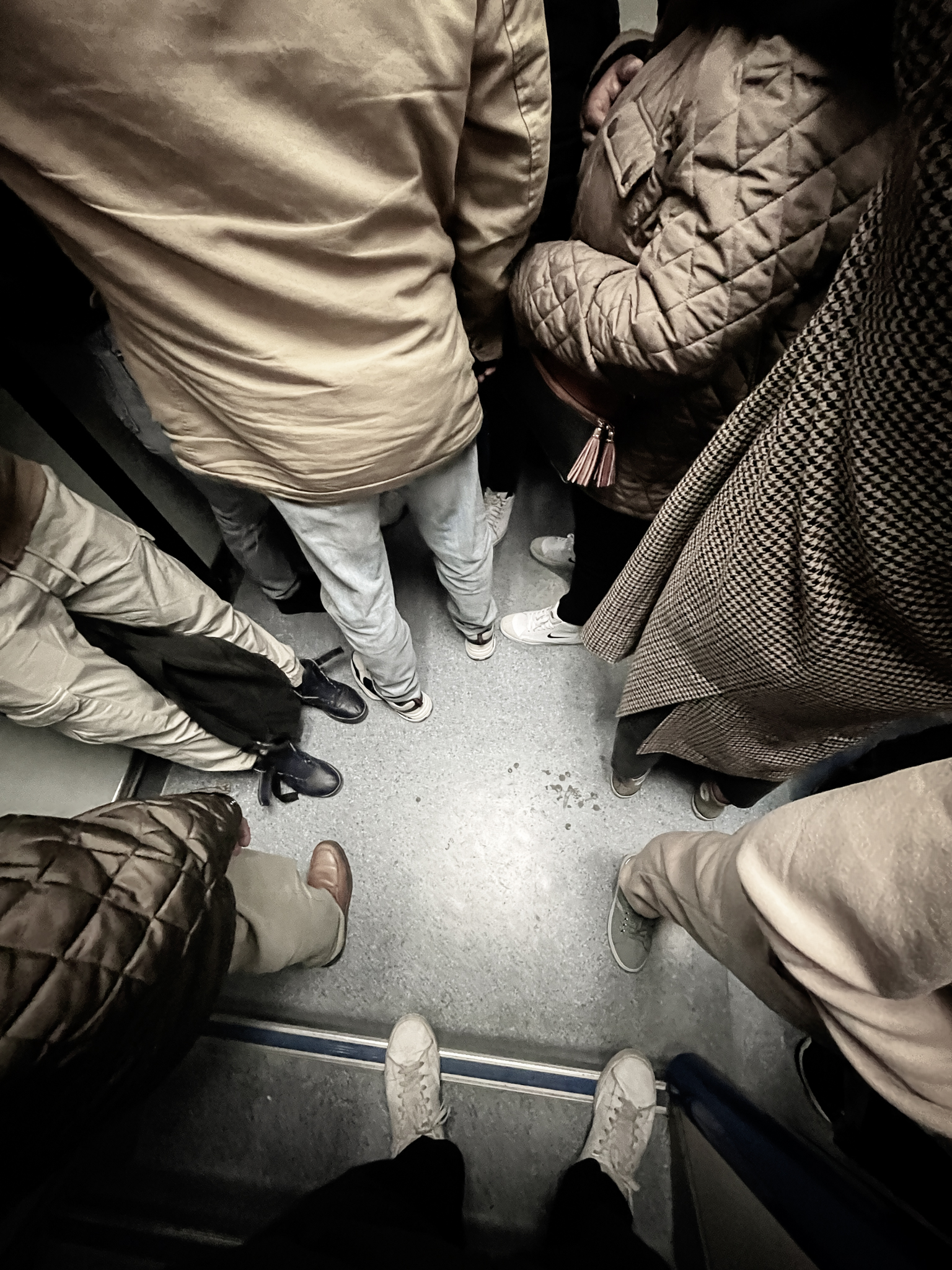
Fertagus, which has been operating the main railway line on the South Bank since 1999, offers hourly trains between Lisbon and Setúbal and connections every 10 or 20 minutes between the capital and Coina. At weekends, the frequency is maintained between the two ends of the line, with every half hour between Lisbon and Coina. This pace is not sufficient for demand, with the LPP regularly experiencing overcrowded trains even outside peak hours. And also at weekends.
The South Bank Transport Users' Committee has been denouncing this situation. In a statement sent to the media in December 2023, this group of passengers described the following scenario: "overcrowded carriages all morning, very crowded in the afternoon rush hour; delays due to the difficulty in getting in and out of the carriages; passengers feeling unwell with the crowds near the entrances". "We know you can't buy carriages in half a dozen days, but if they had taken action in 2019, when we warned them, there would already be better conditions for users today! And if they don't take action now, how many more years will we be waiting?"the Commission added. "In the immediate future, double trains (with eight carriages) should always run - it makes no sense for the connection to Setúbal to be guaranteed by single trains (with only four carriages) - and more trains and carriages should be purchased, with the necessary human resources hired to operate them!"
Fertagus currently operates 18 trains, leased from the state through a public company (Sagsecur, part of the Parpública group). These 18 trains have four carriages each and can run in pairs, forming eight carriages. Both the government and Fertagus could buy new trains to reinforce the fleet, but the former hasn't made this a priority and the latter isn't willing to bear this expense alone. In any case, the rules of public procurement would not allow the state to make this purchase quickly. To the PublicCristina Dourado, administrator of Fertagus, explains that two new trains would already allow all trains to have eight carriages at peak times; and that four new trains would allow eight carriages throughout the day and an offer of every 20 minutes at peak times to Setúbal.
Concerned passengers
Another sensitive issue in the future of Fertagus is the extension of the Lisbon service between Roma-Areeiro station, where it currently terminates, and Oriente. In this way, Setúbal would have a direct train connection to the main railway station in the metropolitan area (from where long-distance trains, Alfa Pendular and Intercidades depart), as well as to the suburban and long-distance bus terminal (including Rede Expressos and Flixbus). Carris Metropolitana currently solves this gap with fast buses between Setúbal and the Oriente interface.
Fertagus says it won't be able to take trains to Oriente without the planned quadrupling of the railway line between Roma-Areeiro and Braço de Prata stations. According to Infraestruturas de Portugal (IP), cited by Público, "the execution project, as well as the environmental impact assessment process, should be completed by the end of 2025, followed by the launch of the construction contract tender"But the money for this work - estimated at 250 million euros - will depend on an application for EU funds under the Multiannual Financial Framework 2021-2027under the Sustainable Program 2030.
The South Bank Transport Users' Committee is concerned about the extension of the Fertagus concession "with no prospect of acquiring new trains, extending the service to Oriente station or increasing the frequency at peak times". "The government should negotiate this concession, but in order to improve the service, not to maintain the current situation, aggravating the problems that already exist today, of overcrowding of the carriages at rush hour and the continuous degradation of the service"they lament, pointing out that "this is a service that has remained practically unchanged since the beginning of its operation, almost 25 years now".
